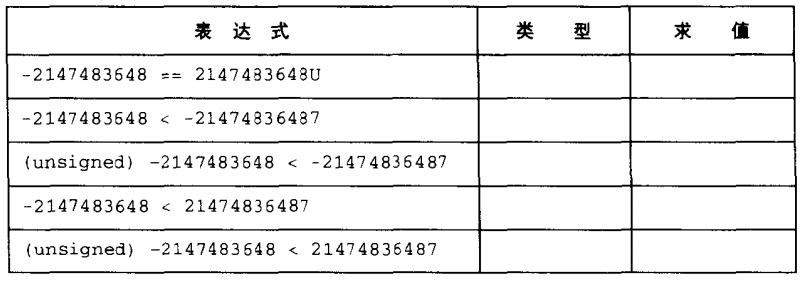69,371
社区成员
 发帖
发帖 与我相关
与我相关 我的任务
我的任务 分享
分享 这是几道题目,本人初学,有些迷糊,下面是我在自己安装的虚拟机里边运行的结果:
这是几道题目,本人初学,有些迷糊,下面是我在自己安装的虚拟机里边运行的结果: ,实在整不明白咋回事,到底在什么情况下该转换类型,什么情况下不该转换类型?很迷糊,求各位论坛的大牛们指点指点小弟,万分感谢
,实在整不明白咋回事,到底在什么情况下该转换类型,什么情况下不该转换类型?很迷糊,求各位论坛的大牛们指点指点小弟,万分感谢#include <stdio.h>
unsigned short int ui;
signed short int si;
int main() {
ui=(unsigned short int)0x8000u;
si=( signed short int)0x8000;
printf("ui=%u\n",ui);
printf("si=%d\n",si);
ui=ui>>1;
si=si>>1;
printf("ui=%u\n",ui);
printf("si=%d\n",si);
printf("--------------\n");
ui=(unsigned short int)0x8000u;
si=( signed short int)0x8000;
printf("ui=%u\n",ui);
printf("si=%d\n",si);
ui=(( signed short int)ui)>>1;
si=((unsigned short int)si)>>1;
printf("ui=%u\n",ui);
printf("si=%d\n",si);
return 0;
}
//ui=32768
//si=-32768
//ui=16384
//si=-16384
//--------------
//ui=32768
//si=-32768
//ui=49152
//si=16384
long int i = 123456789997787878;
int j = (int)i; //j不会等于123456789997787878